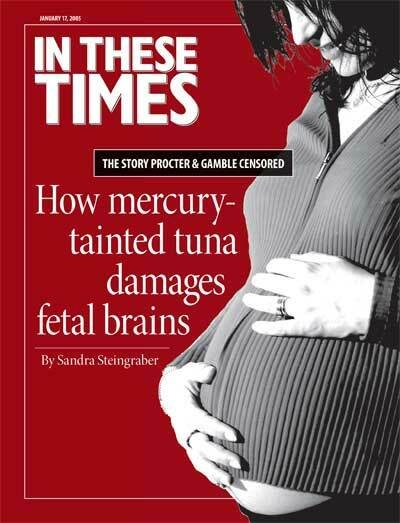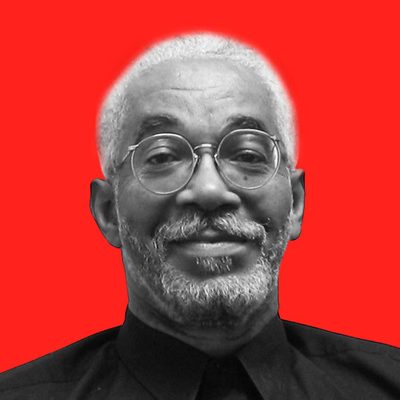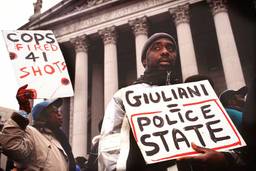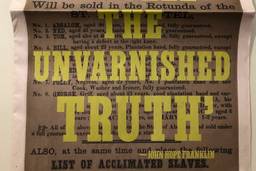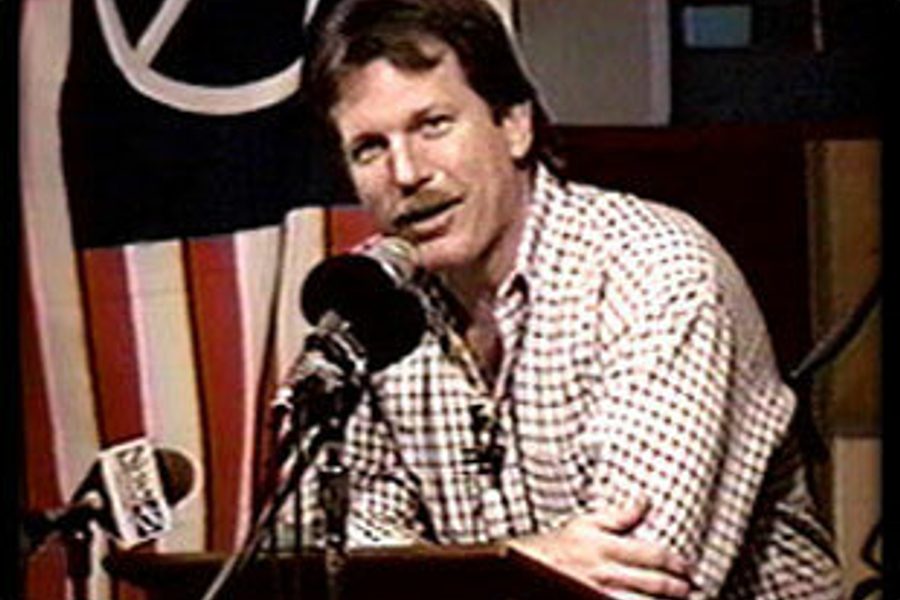
In September 1998, Esquire ran an article chronicling the sad saga of investigative journalist Gary Webb, who had uncovered a story of government skullduggery that proved to be too vast for his own good. Webb’s big story was a three-part series arguing that the CIA was complicit with right-wing Nicaraguan Contras as they sold the cocaine that accelerated the crack-cocaine epidemic. One of the subheadlines of the Esquire article was “A Good Man Destroyed.”
Six years later, on December 10, 2004, the 49-year-old Webb died by a self-inflicted gunshot to the head.
Webb’s controversial series, which appeared in the San Jose Mercury News during August 1996, detailed how the Contras sold tons of cocaine to the Crips and Bloods street gangs and used the profits to finance their terrorist campaign against Nicaragua’s leftist Sandinista government. He provided a well-researched and powerfully written chronicle of how anti-communist fervor got our government involved in helping to propagate one of the most damaging drug epidemics in modern history.
The black community was particularly outraged by the information contained in Webb’s stories, which were widely circulated on the Internet. The crack-cocaine epidemic had spread across black America, wreaking devastation in its wake. Charges that both the FBI and CIA were out to get blacks have long circulated within the African-American community, and the Mercury News series alleging CIA involvement in this deadly epidemic resonated strongly.
Ever since a congressional investigation revealed the scope of the government’s COINTELPRO program, which was intended to “expose, disrupt, misdirect, discredit or otherwise neutralize” black leaders across the political spectrum, black activist organizations have cast a wary eye toward federal intelligence agencies. And, in fact, some radical groups long had charged the government was proliferating drugs as a form of “chemical warfare,” to demobilize black activism. Webb’s series seemed to corroborate all of this and he was hailed as a hero by many in the black community. Webb told me that such adulation made him very uncomfortable.
Although some of the information he uncovered had been disclosed by Robert Parry and Brian Barger in a number of 1985 AP stories and in previous congressional probes, Webb’s series connected the dots in a way that was easily understandable. An energized movement of African-American black activists demanded the CIA come clean and insisted that their representatives initiate congressional investigations of Webb’s charges.
These strident demands for probes provoked a governmental counterattack. CIA director John Deutsch was even dispatched to South-Central Los Angeles to patch up the agency’s PR problem in the black community. The corporate media also began to weigh in with their skeptical accounts of Webb’s series.
The Washington Post, New York Times and Los Angeles Times all ganged up on Webb and forced his Mercury Times editor to withdraw support for the series in a front-page editorial. The editor then changed Webb’s status from investigative reporter and reassigned him to a distant bureau, miles away from his family. Webb quit the paper.
Much of the elite media’s zeal to debunk Webb was fueled by the need to justify their own journalistic malfeasance. Contra-cocaine connection stories were ignored by the mainstream news shops and even when Sen. John Kerry’s committee released a 1989 report condemning CIA-Contra-cocaine connections, the corporate media took a pass.
That’s not to say that Webb’s series was entirely without fault. It turned out he overestimated the impact of the Contras’ cocaine dealing on the crack epidemic and may have been a little loose with the term CIA agent. But his major point of CIA collusion with Contra drug dealers remained unblunted.
In fact, the CIA’s own Inspector General’s office published its investigation of the charges in a 1998 report that admitted the agency “continued to work with about two dozen Nicaraguan rebels and their supporters during the 1980s, despite allegations they were trafficking in drugs.” This report was prompted by Webb’s “Dark Alliance” newspaper series. Not surprisingly, this 1998 report was given short shrift in the corporate media.
Webb later wrote a book, Dark Alliance: The CIA, the Contras and the Crack Cocaine Explosion, published in 1998 by Seven Stories Press and excerpted in In These Times, that consolidated much of his reportage and added important tidbits. The appearance of this book in tandem with the CIA Inspector General’s report was well timed; it was Webb’s dogged journalism that forced the CIA to investigate its own crimes, however feebly.
Were it not for this courageous word warrior, cocaine-peddling Contras would still be publicly dismissed as just another conspiracy theory purveyed by paranoids. Gary Webb, many thanks.
Salim Muwakkil is a senior editor of In These Times and host of “The Salim Muwakkil Show” on radio station WVON-AM in Chicago. Muwakkil was also contributing columnist for both the Chicago Sun-Times (1993 – 1997) and the Chicago Tribune (1998 – 2005). He is also a co-founder of Pacifica News’ network daily “Democracy Now” program and served as an adjunct professor at Northwestern University, University of Illinois, the Art Institute of Chicago and Chicago’s Columbia College.
